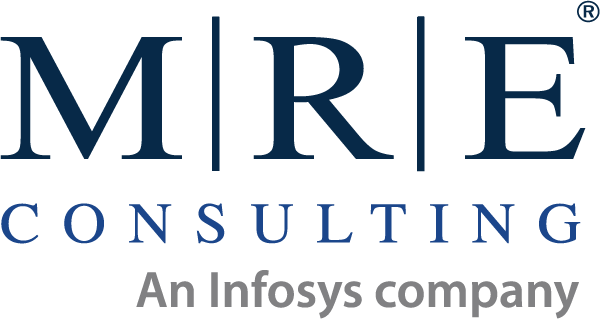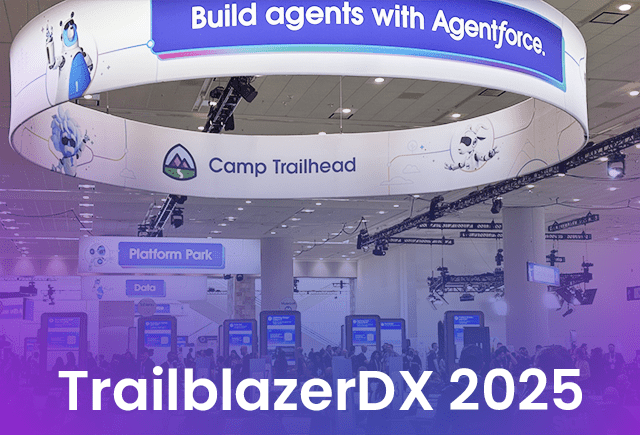People Spotlight : Rob
Meet Rob
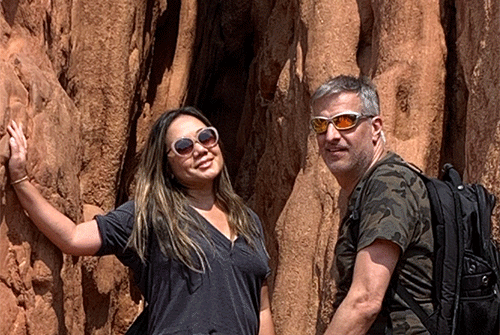
What is your background?
I always knew I wanted to be an engineer, even when I was in high school. At Marquette University, I studied electrical engineering, and planned to go into hardware development and design semi-conductors. As all great plans go, that did not happen. My first job out of college was as a software developer. One of my projects was to develop code that controlled robotic forklifts that moved the wings of a stealth bomber around from one workstation to the next as each manufacturing step was completed. As you can imagine, there was a lot of complexity and no room for error.
What do you do at MRE?
I’m a problem solver. I listen to the client’s business goals and address their objectives by building a solution leveraging the Salesforce platform. My goal is to develop an elegant solution that is simple and effective, while being sophisticated. When you can provide an elegant solution to a problem, it is so professionally rewarding. Of course there are some times when you have to use a little brute force, but that is typically when all else fails.
Why do you enjoy working at MRE?
Number one – I like the people, and I like my boss. Everyone is a straight shooter. Also, Salesforce is always evolving, which means it’s never boring, never routine. It keeps you learning, and that’s what’s so great about it. I’m not doing the same thing, ever. The technology is cutting edge.
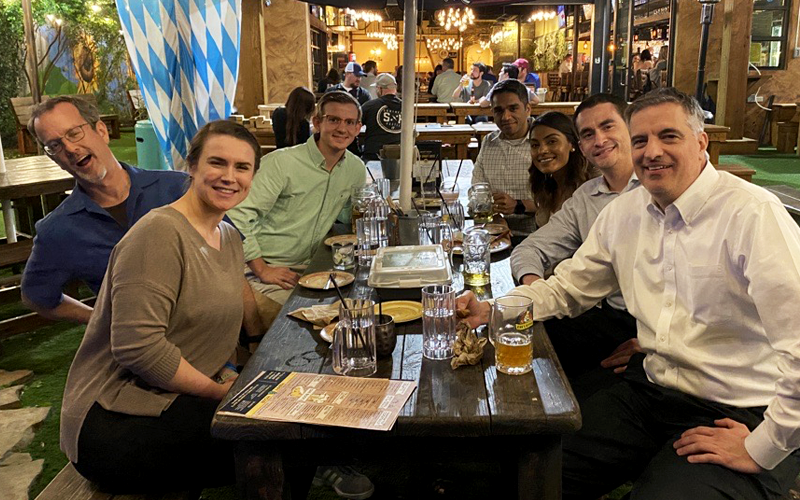
What is the most common Salesforce platform issue you see?
I think a lot of Admins don’t understand the security model. Admins tend to create too many profiles and don’t utilize permission sets enough. Salesforce security is additive, so minimizing profiles and maximizing permission sets provide the most flexibility and is easier to maintain. A profile should be the bare minimum of what users need, and then permission sets layer on more access to specific functionality. You can also combine multiple permission sets into a permission set group which can then represent a user’s business function. While profiles and permission sets cover what a user can do, the other side of the coin is data visibility. Data visibility in Salesforce can be very granular which makes it both powerful and complex. Data visibility is designed one way when the solution is launched, but as the usage of Salesforce grows and takes on a bigger role in the organization, the design is not revisited. Instead, data visibility tends to be addressed through band aids which creates more work and increases technical debt.
What is a powerful but underutilized Salesforce feature/Function?
The In-App Guidance in Lightning Experience is really powerful for driving adoption, especially when rolling out new functionality. Change management and documentation are not usually in the forefront when planning for a project. A well-executed project needs to think about user adoption and supportability – that’s what really drives long-term success.
What is most exciting about the future of Salesforce?
Salesforce is creating capabilities like Flow Builder which enable anyone to solve more complex problems without custom code. A user can drag and drop these pre-built components to create really complicated processes and functionality that previously only could be done through custom code. Flow Builder is the bomb right now and it’s only going to get more powerful.
Geek-out Time, what’s the most interesting Salesforce feature/function to you?
The mobile capabilities of Salesforce are remarkable. The ability to seamlessly access data on a mobile device really changes the user’s experience and drives user adoption at the points that make a difference. Mobility means that sales reps can access their customer’s account as they’re walking into a meeting, take quick notes afterwards using voice recognition, and then share data updates in real-time with the rest of their team. A solution is only as good as the users who use it and mobility really elevates the value proposition.
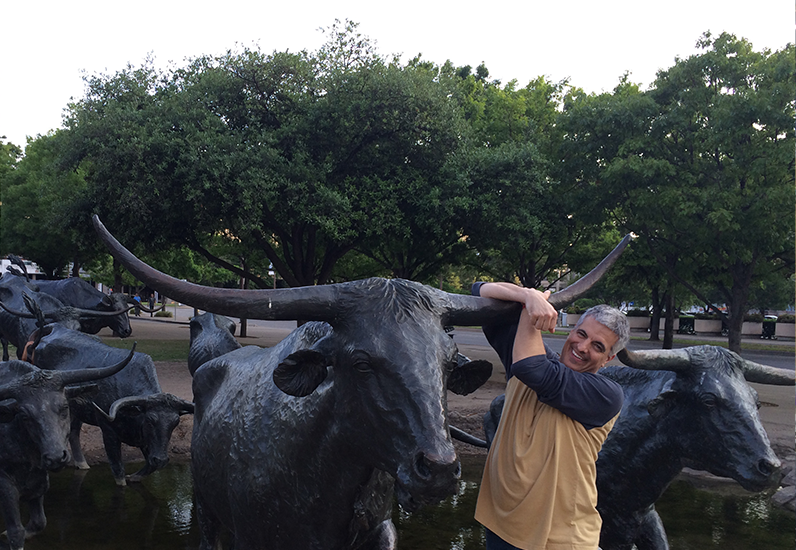
What does someone need to be succcessful in the role that you’re in?
You need to have a passion for building and a sense of pride for the solutions you have created. Enjoying and taking pride in the process of problem solving, building a solution, and making a difference is part of an Architect’s DNA. If you don’t enjoy the process, you’ll find solution development really boring. Also, you need to have a keen eye for detail. Details make the difference for a user’s experience and ultimately, their satisfaction.
What’s the worst job you’ve ever had and what did you learn from it?
Believe it or not, it wasn’t my job at Burger King – I learned a lot from Burger King from teamwork to process efficiency. My worst job ever was working for a non-profit. It was horrible, and I learned that if you don’t like your coworkers, you will never be happy at your job.
What’s the most unusual job you’ve ever had?
I surveyed the underground Trans-Alaskan pipeline for corrosion. It was just me and three other guys in Alaska for about three and a half months, completely isolated from the rest of the world. We used an anode probe that’s connected to a test station point on the pipe which measures the electrical potential. This measurement value allows you to determine whether the underground portions of the pipeline is or is not corroding (rusting). It was a once in a life time experience. There was so much nature to experience in Alaska, everything from earthquakes, avalanches, wildlife, thirty-foot tides, the Northern Lights, to gigantic mosquitos and black flies (which I loathe).
